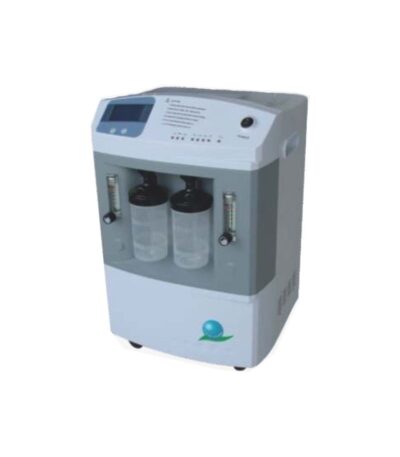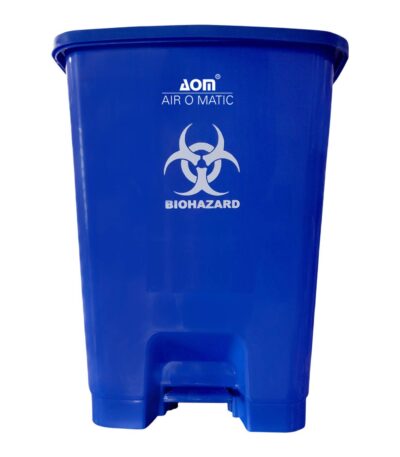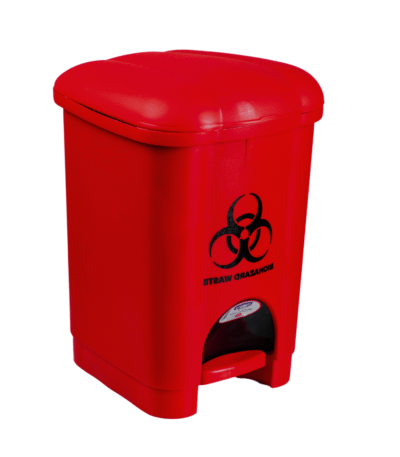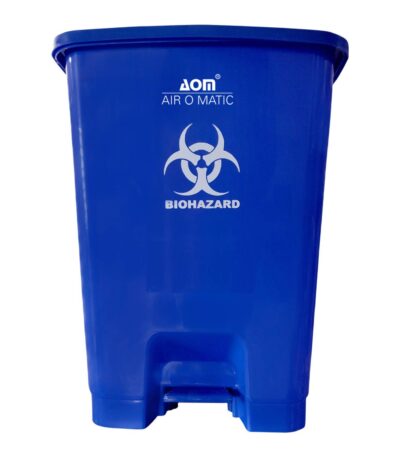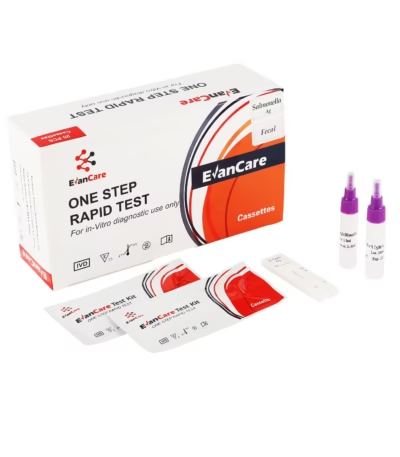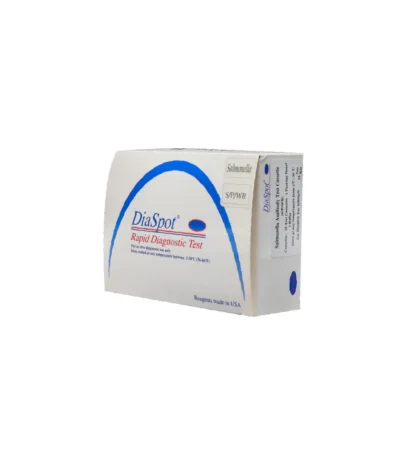Filter by price
Stock status
Showing 145–156 of 183 results
Oxygen Concentrator J10 (10 Litres)
Oxygen Concentrator J5 (5 Litres)
Pap Smear Kit
A Pap Smear Kit (also known as a Cervical Cytology Collection Kit or Pap Test Kit) is a medical diagnostic collection set used to obtain cells from the cervix and endocervical canal for examination under a microscope.
The Pap smear test is primarily used for screening and early detection of cervical cancer and precancerous changes caused by human papillomavirus (HPV) infection. It can also help detect infections or inflammation in the female reproductive tract.
Peddle Bin (B,Y,R) 30litres
Key Features
- Pedal design – stepping on pedal as you like, very convenient and prevent the smells from passing up into the air effectively.
- Application – its simple style can fit various home styles very well, perfect for kitchen, living room, bathroom or office, etc.
- Quality material – made of quality Plastic material in fine workmanship that is solid and durable.
- With rounded corners is burr-free, wont hurt hands when you change garbage bags. Also keep clean and tidy.
Peddle bin (Multi Colour) 30litres
Phosphorus Reagents
Principle of Measurement
1. UV Phosphomolybdate Method (Most modern analyzers)
How it works:
-
Inorganic phosphate reacts with ammonium molybdate in an acidic medium.
-
Forms a phosphomolybdate complex.
-
The complex is measured photometrically in the UV range (usually 340 nm).
-
The absorbance is directly proportional to phosphate concentration.
Advantages:
-
Fast and highly specific
-
Suitable for fully automated analyzers
-
Minimal interference
2. Reduced Phosphomolybdate Method (Colorimetric)
How it works:
-
Phosphomolybdate complex is formed.
-
The complex is reduced to a blue-colored compound (“molybdenum blue”).
-
Measured at 600–700 nm, depending on dye.
Advantages:
-
Strong color intensity
-
Stable reaction for manual or semi-automatic systems
Reagent Components
Phosphorus reagent kits typically include:
R1 (Acid/Molybdate reagent)
-
Ammonium molybdate
-
Sulfuric acid or perchloric acid
-
Stabilizers
-
Surfactants
-
Preservatives
R2 (Reducing reagent) (if applicable)
-
Reducing agents (e.g., ascorbic acid, stannous chloride)
-
Dye stabilizers
Some kits are single-reagent formulations.
Packaging Formats
-
Liquid-stable ready-to-use reagents
-
Two-reagent systems (R1 + R2)
-
Analyzer-specific cartridges
-
Optional calibrators and controls
Common volumes: 25 ml, 50 ml, 100 ml, 250 ml.
Point of Care Clinical Chemistry Analyzer – SMT-SD – Seamaty
Key Features and Specifications
-
Sample Type: Whole blood, serum, or plasma
-
Sample Volume: Approximately 0.09 mL (90 µL) to 0.12 mL (120 µL)
-
Testing Time: About 12 minutes per test
-
Analyzer Size: Around 25 cm (length) × 20 cm (width) × 30 cm (height)
-
Weight: Approximately 4–4.6 kg, making it portable and easy to move
-
Detection Principle: Photo-electric colorimetry and transmission turbidimetry
-
Reagent Format: Single-use reagent discs containing lyophilized reagents
-
Data Storage: Can store up to 500,000 test results
-
Connectivity: USB and LAN ports for data transfer and integration with laboratory systems
-
Maintenance: Minimal, as the analyzer uses pre-sealed reagent discs and has no complex tubing or valves
Potassium Reagents
Measurement Methods & Corresponding Reagents
1. Ion-Selective Electrode (ISE) Method (Most common in modern analyzers)
Reagents include:
-
Internal standard (reference solution)
-
Electrolyte solution for K⁺ electrode balance
-
Conditioning solution
-
Electrode cleaning solution
-
Calibrators (Low & High K⁺)
Principle:
Potassium-selective membranes generate an electrical potential when exposed to K⁺ ions.
The potential difference is proportional to potassium concentration.
ISE is fast, accurate, and ideal for automated analyzers.
2. Turbidimetric/Colorimetric Tetraphenylboron Method
How it works:
-
Potassium reacts with sodium tetraphenylboron.
-
Forms a turbid or cloudy precipitate.
-
The degree of turbidity is measured photometrically at 510–550 nm.
-
Intensity correlates with potassium concentration.
Reagents contain:
-
Sodium tetraphenylboron
-
Buffer solution
-
Surfactants
-
Stabilizers
-
Preservatives
Used in: Semi-auto analyzers and manual systems.
Packaging Formats
-
Single-liquid reagent bottles
-
Multi-solution electrolyte packs (for ISE analyzers)
-
Ready-to-use liquid stable reagents
-
Analyzer-specific cartridges
Typical sizes: 25 ml, 50 ml, 100 ml, 250 ml.
Sample Types
-
Serum
-
Plasma
-
Urine (may require dilution)
-
Whole blood (in ISE/blood gas analyzers)
Rheumatoid Factor (RF) Test Kit
A Rheumatoid Factor (RF) Test Kit is an in-vitro diagnostic tool used to detect or measure the presence of rheumatoid factor—an autoantibody most commonly of the IgM class—in human blood (serum or plasma). RF antibodies target the Fc portion of IgG antibodies.
These kits are typically used as an aid in the diagnosis of rheumatoid arthritis (RA) and other autoimmune conditions, but they are not diagnostic by themselves.
Rotavirus Rapid Test Kit
Salmonella Antigen Test Kit
A Salmonella Antigen Test Kit is a rapid diagnostic device used to detect the presence of Salmonella bacteria antigens in human stool, food, or environmental samples. It is designed for quick and accurate screening to help in the diagnosis of Salmonella infection (salmonellosis) — a common cause of foodborne illness.
Samonella Antibody Test Kit
Summer health medical supplies limited.
We are happy to serve you fro all your health, medical and hospital supplies. Contact Us Here for any enquiries that you may need clarification.

